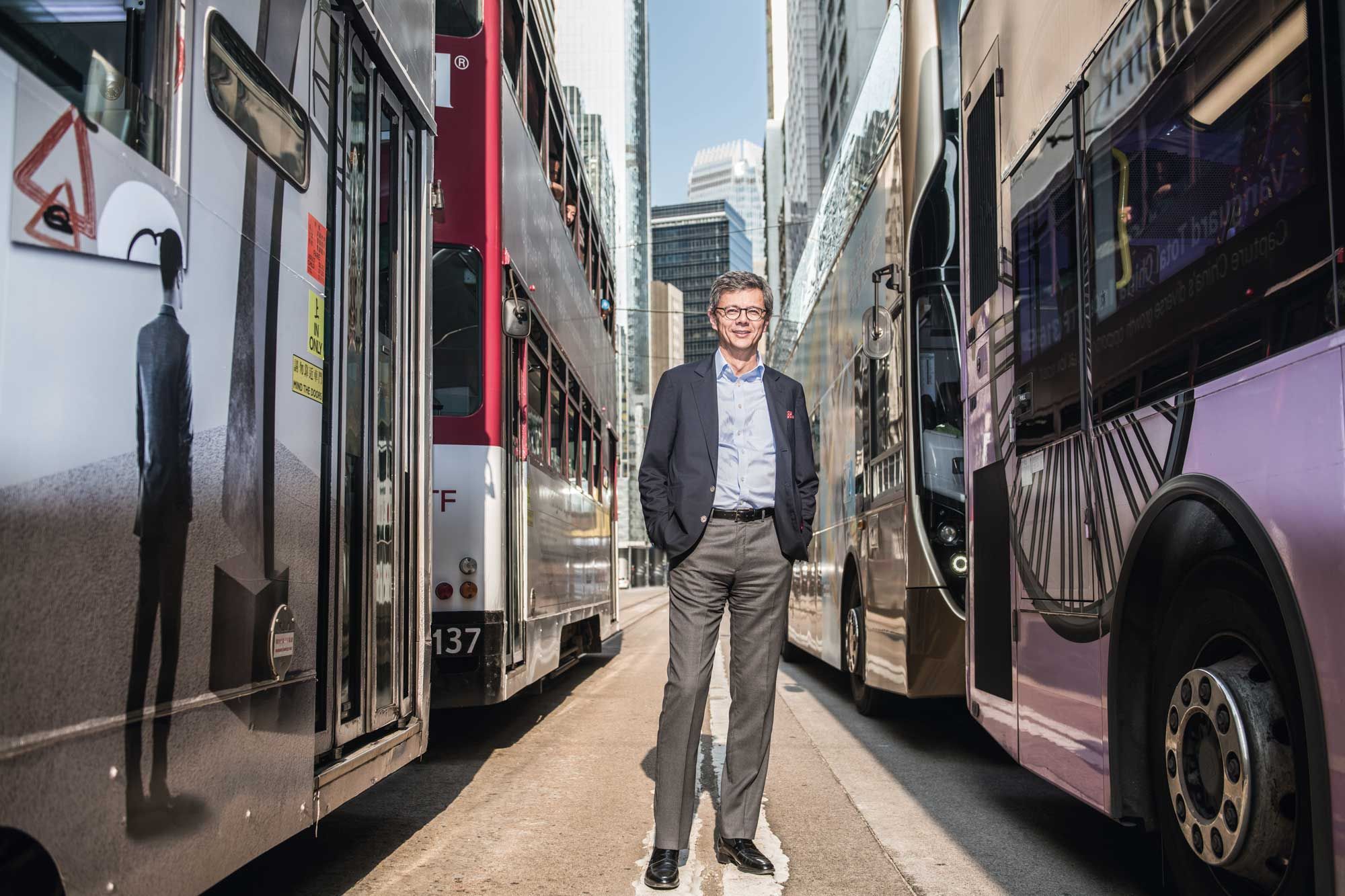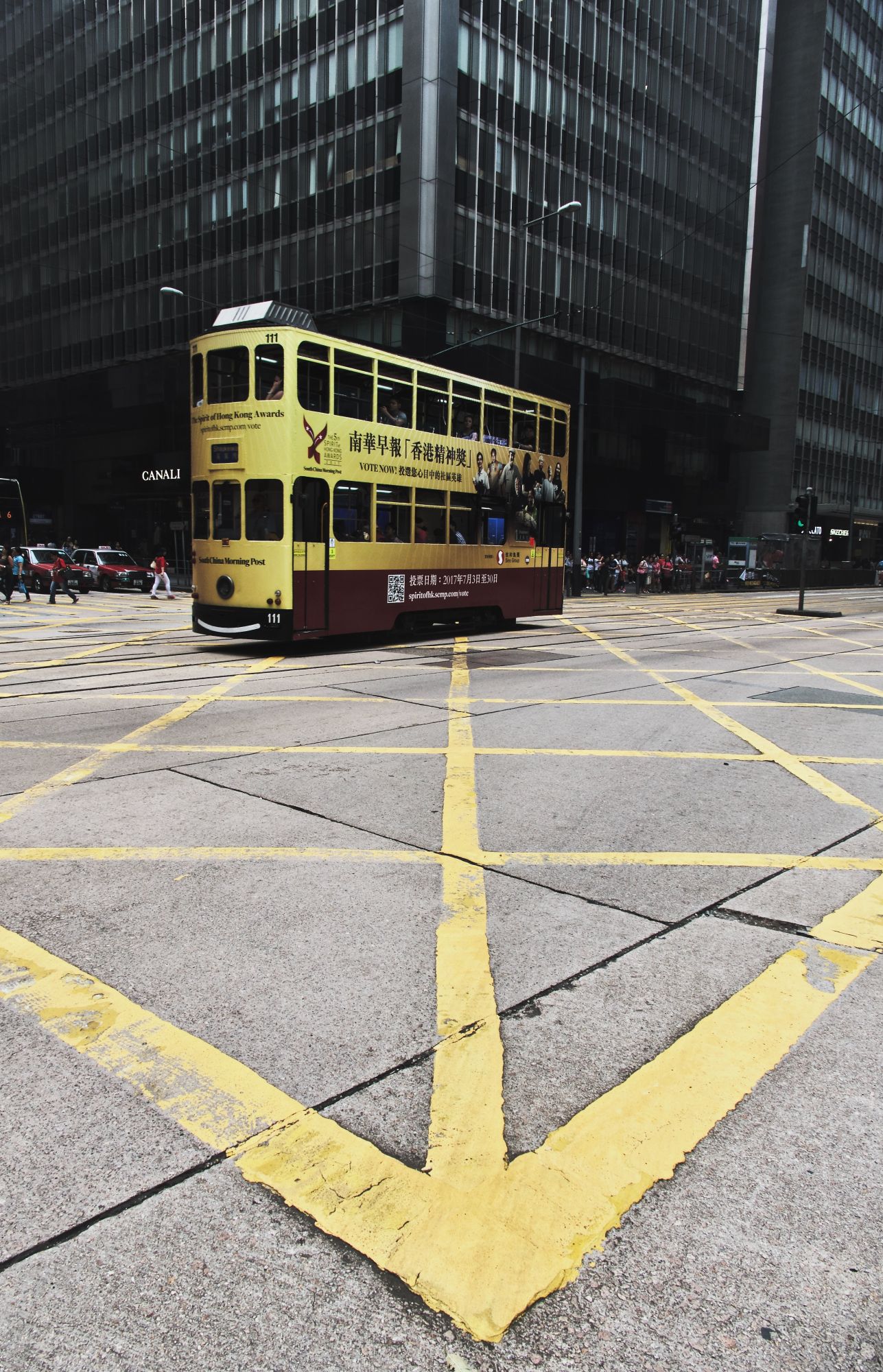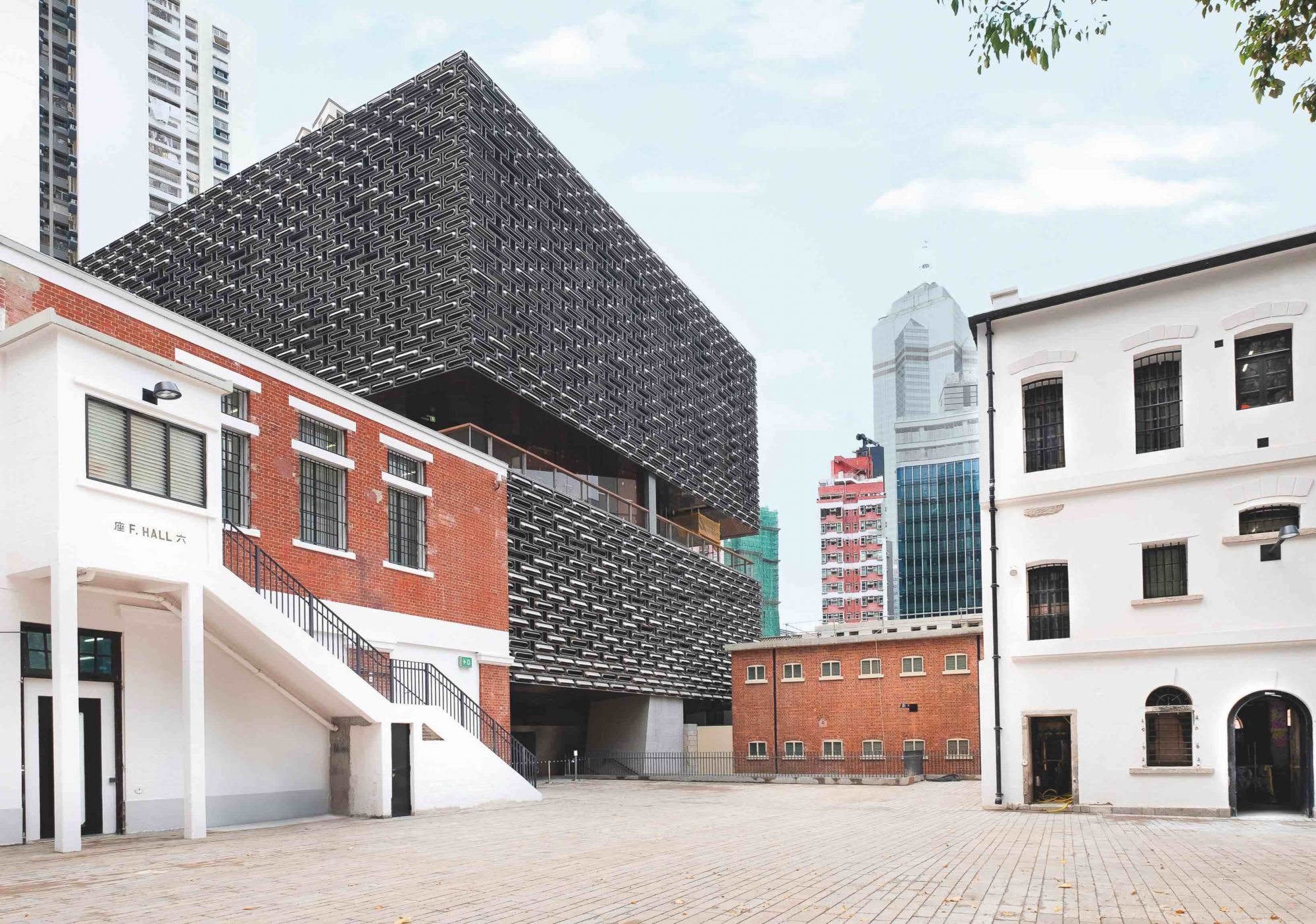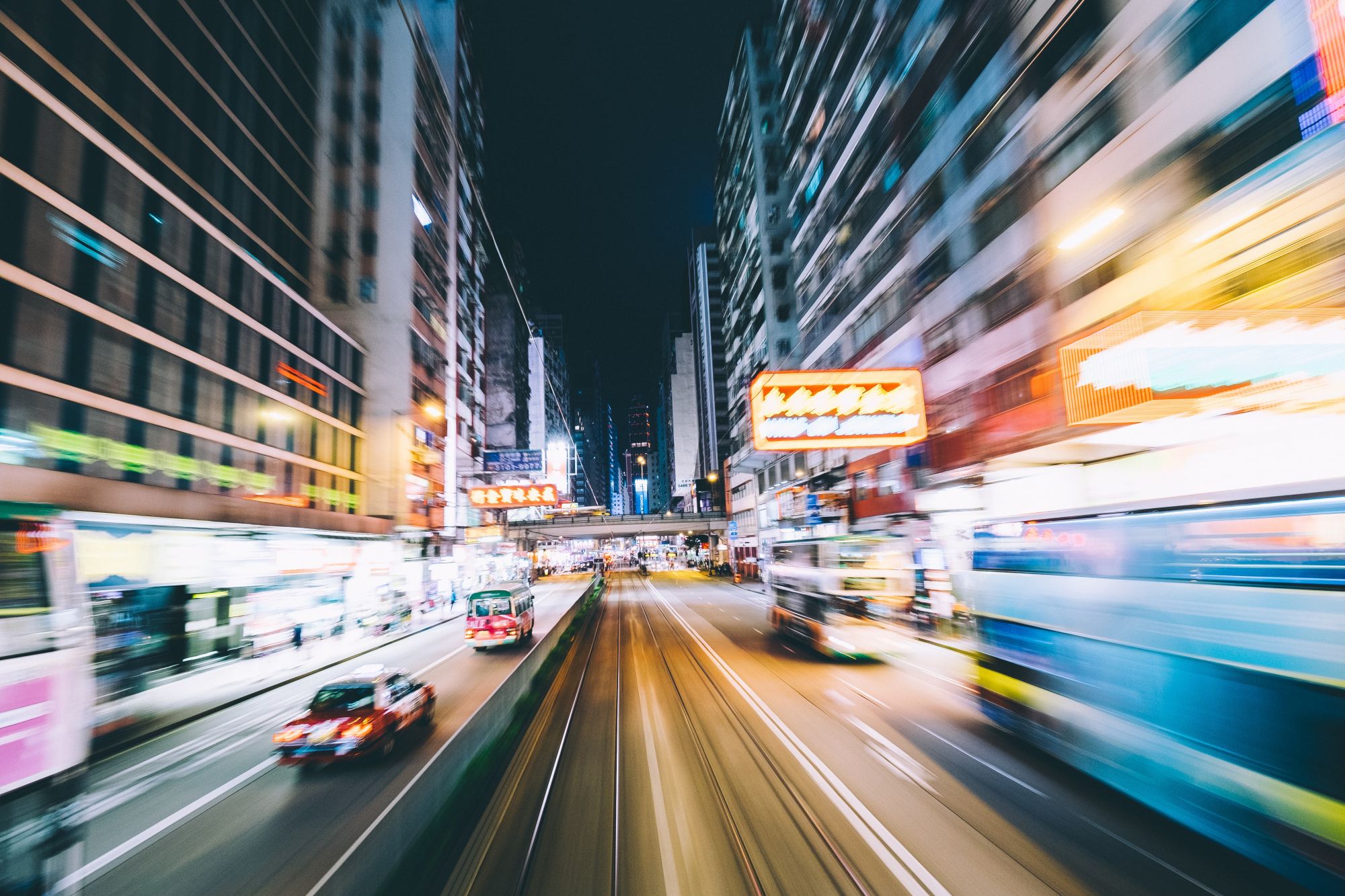Markus Shaw explains how Walk DVRC would transform the central business district through the creation of a pedestrian-friendly zone
In the beginning there was the Praya, a stretch of Hong Kong’s waterfront and the heart of Chinese entrepreneurship. Then, with reclamation of the harbour, the Praya became Des Voeux Road Central (DVRC). In those days, trams and foot traffic on the key thoroughfare interacted freely, and there were no barriers squeezing pedestrians into narrow footpaths.
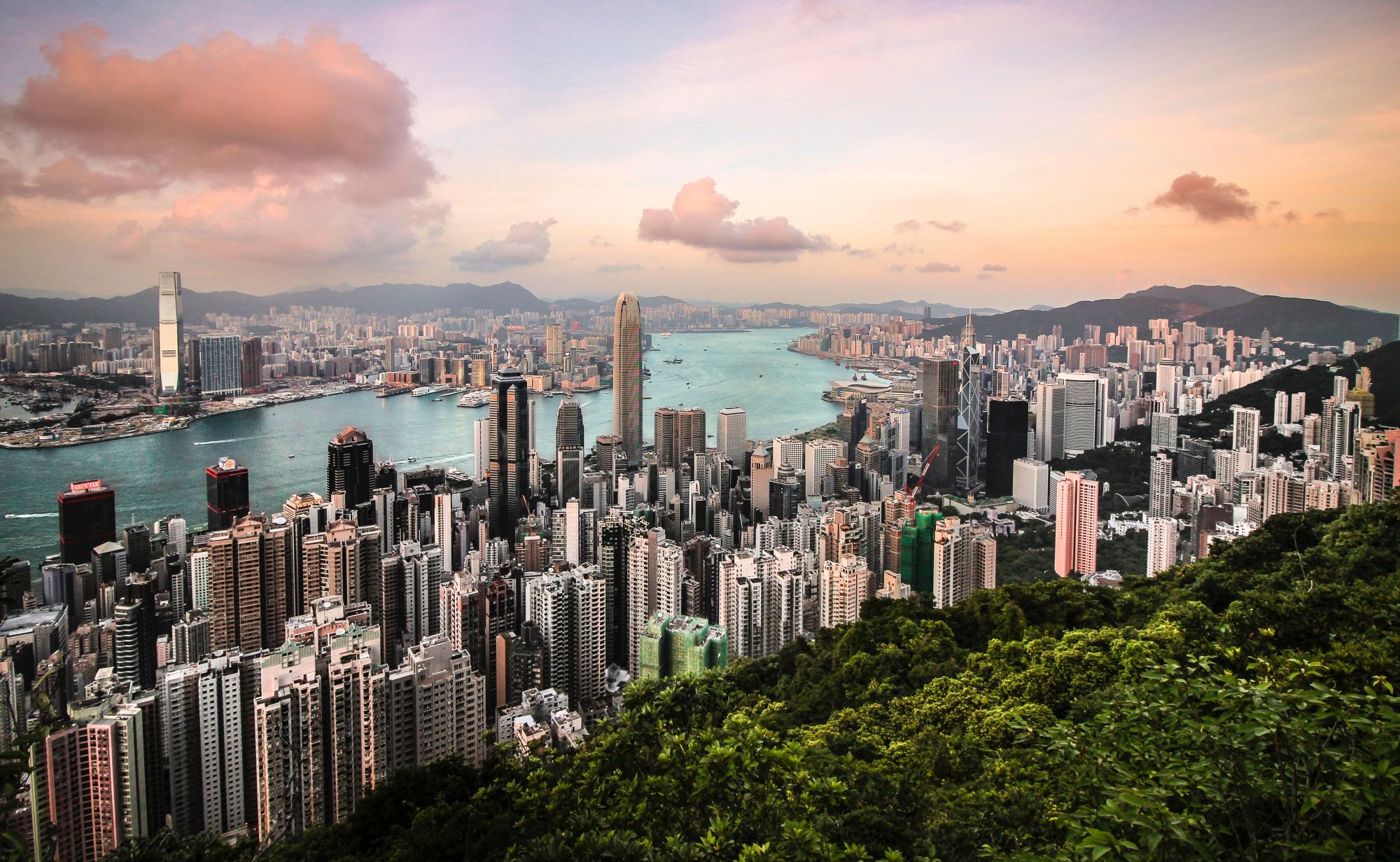
Hong Kong can do it better
But today, DVRC is a mess, a horrendous pedestrian experience, the most polluted street along the north shore of Hong Kong Island, and neither disabled-friendly nor elderly-friendly.
The side streets are uninviting and underused; there’s serious traffic congestion; and the street furniture—such as it exists—is poorly designed and badly executed.
Cities like New York, Paris, Madrid or Singapore, which understand the benefits of valuing people over cars, have turned or are turning their CBDs into desirable destinations attractive to workers and visitors alike. We can do this too. In fact, I believe Hong Kong can do it better.
See also: The Ultimate Travel Guide For Design Lovers
What is Walk DVRC?
To this end, Walk DVRC, of which I am chair, was founded in January last year as a non-governmental organisation to move forward a project for the revitalisation of DVRC between Pedder Street and Western Market.
